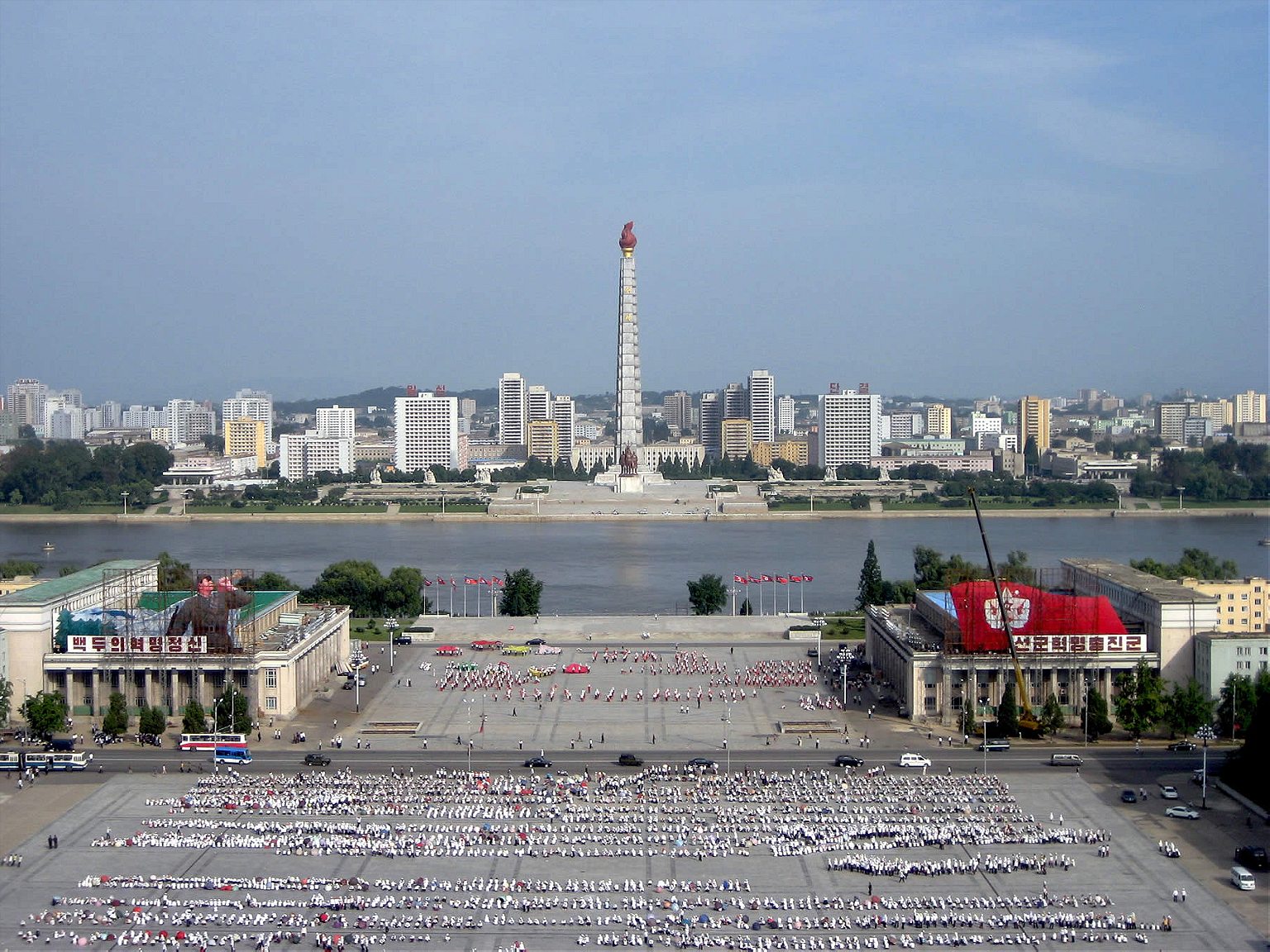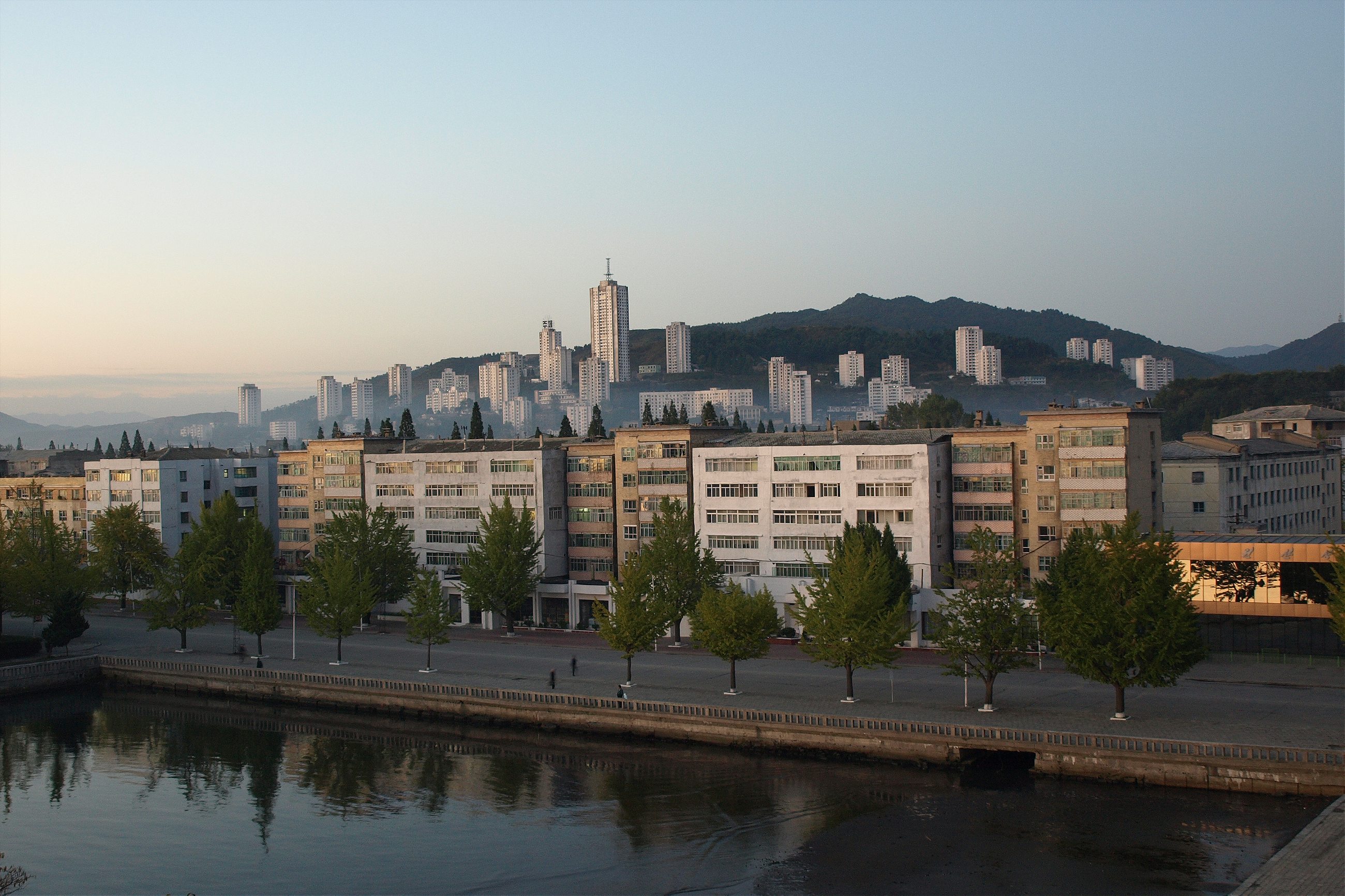The tragic death of American student Otto Warmbier should not prevent you from visiting the Hermit Kingdom.
The American student Otto Warmbier returned home from Pyongyang on June 13 in a coma. He may have been repeatedly beaten while imprisoned, and six days later, on Monday, he died of injuries sustained in North Korea.
At least 15 Americans have been imprisoned in North Korea since 2009, sometimes in terrible conditions (comparable to some of the worst treatment Americans face in prisons domestically, but not nearly as bad as North Korean prisoners). On Christmas Day 2009, the American missionary Robert Park walked across the border into North Korea yelling “South Korea and America love you,” and then smashed a photo of then leader Kim Jong Il. He spent 43 days detained in the country, where he says his captors tortured and sexually abused him. And after the two American journalists Euna Lee and Laura Ling snuck into North Korea in 2009, guards imprisoned them in a “dismal five-by-six-foot chamber.”
In late May, two U.S. congressmen proposed banning American tourists from visiting the Hermit Kingdom. Because Pyongyang uses “American visitors as bargaining chips to extract high level meetings or concessions, it is appropriate for the United States to take steps to control travel to a nation that poses a real and present danger to American interests,” they said in a statement.
And yet, for the careful and adventurous American, visiting North Korea is still an excellent idea. Despite the tragedy of Warmbier, it’s far safer than reading the news makes it seem. It’s also one of the few ways to humanize the citizens of one of the world’s most repressive countries. I visited on two four-day trips: once in 2008 as a tourist, and once in 2011, after I had entered journalism. Like many Americans who visit, I first expected my guides to act like brainwashed cyborgs. However, I found them to be like most people everywhere: smiling, engaging, respectful. In 2011, I told my guide a joke, if memory serves, about a talking muffin. He smiled politely. I asked him if he had heard any jokes. He deadpanned back, “Not yet.”
At the airport on the way out, the journalists waited for more than eight hours
It’s worth noting there are no known examples of Americans detained purely out of North Korean capriciousness. Several Americans, like the journalists Ling and Lee, snuck across the border; ‘improper entry’ is likely a crime in all countries. The others acted in ways that were legal in the United States but which contravene the admittedly often cruel norms of North Korea. Pyongyang likely detained most of the rest of the 15 for proselytizing. Jeffrey Edward Fowle, for example, was detained in May 2014 after putting a Bible in a men’s room. Warmbier almost certainly did try to steal a North Korean poster, although the 15-year-sentencing greatly exaggerates the severity of his crime.
Is there a risk in visiting North Korea? Certainly. In the world’s most opaque country, it’s difficult to predict how the government will act. In April, Pyongyang granted a number of journalists—including several Americans—permission to visit the country in celebration of the 105th anniversary of the birthday of the deceased founder of North Korea, Kim Il Sung. At the airport on the way out, the journalists waited for more than eight hours, with no convincing explanation of the delay. Could the government have been debating whether to hold some of the journalists as bargaining chips? Or was it far more mundane: an airplane malfunction, a drunk air traffic controller? For an American visiting North Korea, a certain amount of uncertainty is unavoidable.

And yet, besides the risk of imprisonment, North Korea is almost ludicrously safe for the hundreds of American tourists who visit annually: citizens of the world’s most repressive country would be punished severely for harassing or robbing visitors without high-level permission. Over the last decade, I’ve spoken with dozens of American tourists who have visited the country. Besides what happened on Warmbier’s tour, the most tragic story I heard concerns a tourist barely able to speak to his family after his grandfather died because of the exorbitant cost of making international calls at the hotel. The biggest danger American tourists face is not incarceration but the more prosaic specter of a car accident or a serious health incident in a place with grim medical facilities and a reluctance to allow medivac helicopters into its tightly guarded airspace—however, I don’t know of any instances of that happening to American tourists.
Pyongyang treats its own citizens abysmally. North Korea is one of the worst places in the world to be a citizen—but not a bad place to be a tourist. Beyond safety, there is the question of morality. Should one spend the thousands of dollars required to book a tour company—money that then likely enriches the state—to visit a country that treats its citizens so horribly? “The DPRK funnels revenue from a variety of sources to its nuclear and weapons programs, which it prioritizes above everything else, often at the expense of the well-being of its own people,” The State Department’s travel website warns. But is economic and political isolation a better strategy for nudging North Korea to liberalize than engagement? Doubtful.
Either way, the regime has shown tenacity in the face of devastation: it’s hard to imagine more intense poverty than the country saw in the 1990s, in the grips of a famine that killed up to 10 percent of the population. That didn’t remove the Kim family from power; it’s hard to imagine reducing the flow of foreign capital to Pyongyang will do so either. Moreover, even if that would work, China, North Korea’s most important trading partner, has not shown a willingness to economically isolate Pyongyang. Even after Trump prioritized economically weakening North Korea, Beijing’s trade with North Korea grew an incredible 37.4 percent in the first quarter of 2017, compared with the same period last year. Swaying Beijing would make a sizable economic difference; banning American tourists would not.
What, then, are the benefits of Americans visiting? Pyongyang teaches its citizens that Americans are cruel, bloodthirsty creatures who loathe Koreans. Person-to-person contact is perhaps the only “kind of representation these people get of Americans that is not this cartoonish devil caricature,” said someone who traveled to North Korea on the same tour as Warmbier, and who asked to remain anonymous. “People would hear that I’m American, feel some sort of awkwardness, and then realize, this is not a devil, but a person.”

Yes, American interactions with North Koreans are incredibly constrained. It’s rare for tourists to have a serious conversation with anyone besides their minders and occasionally with a guide at a monument or a museum. Perhaps the most important encounter happens the other way: it humanizes North Koreans in the minds of the Americans who visit. Reading about North Korea in the U.S., one pictures a cartoonishly evil ruler, goose-stepping troops, and a populace consisting entirely of brainwashed automatons. And this dehumanization makes it easier for American policymakers and the American public to overlook the human costs when considering whether to bomb North Korea. The most rewarding part of visiting Pyongyang for me were the cliché glimpses of everyday life: families eating barbecued meat in the park, children giggling, of men in tank tops drinking beer and draping their arms around their friends.
Like anywhere, North Korea has changed since I last visited. But an experience I had while there in 2011 stays with me. On a roadside stand near the southern city of Kaesong, I spotted a silkscreen for sale that showed topless women bathing by a lake. This shocked me: North Korea is an incredibly conservative society. Thinking immediately of a few friends who would appreciate the birthday gift of North Korean ‘porn,’ I bought two.
At the airport leaving the country, a gruff and anonymous border guard stopped me. Perhaps he knew I was a journalist, or perhaps I just looked suspicious to him. He searched throughout my clothes, my books, and my toiletries. He found the red bag containing my silkscreens. I smiled at him, with a face I hoped approached bravery. Slowly he unfolded it, and stared at the image. Time paused. “Well, this is it,” I thought to myself. He looked at me, and smiled delightedly. He gave me a thumbs up, and politely waved me through. I will never know his name, but I will always remember his grin.
Top image: John Pavelka